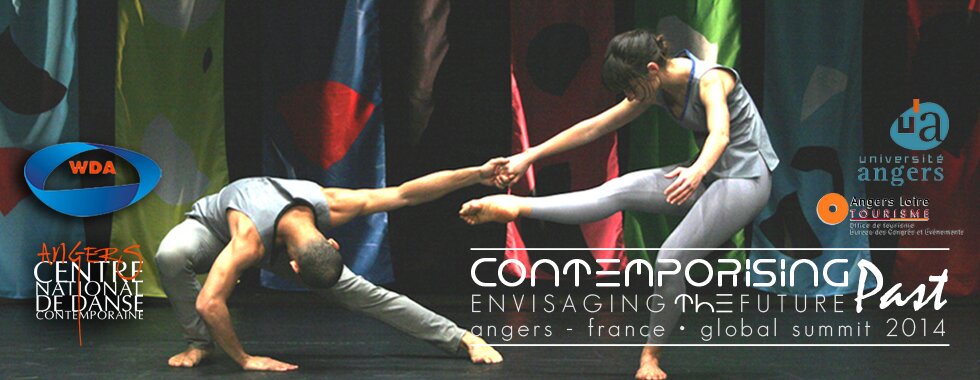Being a female dancer in 18th c. Europe: history, narrative and historiography
This contribution is part of a larger ongoing research project on dance historiography and gender in the long XVIII century. In that period, the professional status of female dancers gradually sets in the theatrical institution. In their careers, often characterized by an intense geographical and social mobility, they constantly reinvent and negotiate their national, professional and artistic identity in changing cultural contexts. The taste of the public is involved in the construction of their image. My approach focuses on the construction of professional curricula and carriers, sociability and networking, life cycle, embodiment and performance on stage and in society. The project also calls on the expertise of dance practitioners in order to bring in the technical and aesthetic elements. In this way, by the analysis of life and workof female dancers, as well as dance re-enactment, this investigation aim to rethink critically some dance narratives in dance historiography and to provide new theoretical perspectives about being a woman and a dancer in a particular context of the past, and also today. In the framework of this larger research project I propose a case study dealing with life and works of Barbara Campanini (1721-1799), better known as La Barberina. During her long carrier, she introduced innovations in dance technique and in interpretation, she negotiated her social and economical status as an unprejudiced impresario, she activated social and intellectual networks, she proposed a creative example of female subjectivity and intersubjectivity, she produced contradictory but generative narratives of the self and, so doing, she contributed in elaborating the representation of female dancer.
Cette contribution fait partie d’un projet de recherche en cours plus vaste sur l’historiographie et le genre au xviiie siècle. Dans cette période, le statut professionnel de la danseuse s’est progressivement mis en place au sein de l’institution théâtrale. Dans leur carrière, souvent caractérisée par une mobilité géographique et sociale importante, les danseuses ont constamment modifié et négocié leur identité sur les plans national, professionnel et artistique dans des contextes culturels changeants. Le goût du public a joué un rôle dans la construction de leur image. Mon approche est centrée sur la construction de programmes professionnels et de carrières, sur la sociabilité et les réseaux, sur le cycle de vie, l’intégration corporelle ainsi que sur la représentation sur scène et dans la société. Le projet en appelle aussi à l’expertise de praticiens de la danse afin d’introduire des éléments techniques et esthétiques. Pour ce faire, cette recherche se propose, par l’analyse de la vie et de l’œuvre de danseuses ainsi que par la reconstitution de danses, de repenser de façon critique certains récits chorégraphiques de l’historiographie de la danse et de fournir de nouvelles perspectives théoriques sur ce que signifiait le fait d’être femme et danseuse dans un contexte particulier du passé, mais aussi aujourd’hui. Dans le cadre de mon projet de recherche plus vaste, je propose une étude de cas sur la vie et l’œuvre de Barbara Campanini (1721-1799), plus connue sous le nom de La Barberina. Pendant sa longue carrière, elle a introduit des innovations dans la technique de la danse et de l’interprétation et a négocié son statut économique et social comme l’aurait fait un impresario impartial; elle a mis en place des réseaux sociaux et intellectuels, proposé un exemple créatif de subjectivité et intersubjectivité féminines, produit des récits du soi contradictoires mais générateurs et, ce faisant, a contribué à mettre en place la représentation de la danseuse.
Marina Nordera
Dance Department, Nice University, France

